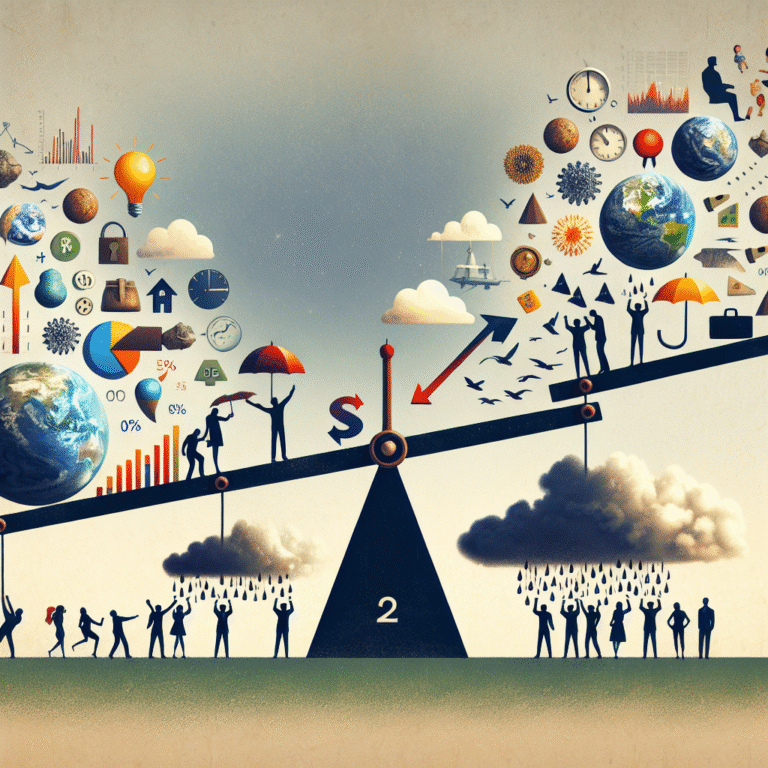
Introduction
In today’s fast-paced market, where competition is fierce and choices are abundant, product reliability has emerged as a cornerstone of business success. The concept transcends mere functionality—it encapsulates quality, durability, and performance under normal usage conditions. For businesses aiming to sustain customer loyalty and cultivate a reputable brand image, understanding and prioritizing product reliability is not just beneficial; it’s essential.
In this guide, we will delve deep into product reliability, exploring its critical components, how to measure it, the implications of poor reliability, and actionable strategies for improvement. By the end of this article, you’ll have a comprehensive understanding of why product reliability is vital not just for your offerings, but for the health of your entire business.
What is Product Reliability?
The Definition and Importance
Product reliability refers to the probability that a product will perform its intended function without failure over a specified period under stated conditions. Reliability is characterized by several factors: consistent performance, durability, and the absence of defects.
Why should businesses care about product reliability? Here are some compelling statistics:
- According to the American Society for Quality (ASQ), 80% of a company’s profits come from only 20% of its customers.
- Companies with high reliability experience a 45% increase in customer satisfaction.
As these figures illustrate, enhancing product reliability is not just a technical endeavor; it’s a strategic one that can significantly impact the bottom line.
Key Components of Product Reliability
To fully grasp the nuances of product reliability, it’s important to break it down into its core components:
1. Durability
Durability refers to a product’s ability to withstand wear, pressure, or damage. A reliable product is often synonymous with one that can be used for extended periods without significant degradation in performance.
2. Consistency
This aspect of reliability pertains to how consistently a product performs its intended function. Consistency often builds customer trust and satisfaction.
3. Failure Rate
The failure rate of a product is a critical metric in assessing its reliability. Low failure rates generally indicate higher reliability.
4. Warranty Period
The length of the warranty can often be an indicative measure of reliability. Companies that offer extended warranties typically stand behind their product’s reliability, signaling their confidence to consumers.
Measuring Product Reliability
Statistical Approaches
Several methodologies can help measure product reliability, including:
- Mean Time Between Failures (MTBF): A crucial metric for understanding the expected operational lifespan of a product.
- Failure Rate (λ): Defined as the number of failures divided by the total operational time. It gives insights into how quickly a product might fail.
Case Study: Apple iPhone Reliability
Apple employs rigorous testing methodologies to ensure the reliability of its iPhones. The company uses a mix of MTBF metrics and performance consistency to ensure that each new model meets or exceeds the expectations associated with its high brand standards.
Analysis
Apple’s reputation for reliability is directly linked to its meticulous design and testing phases. The iPhone’s consistent performance has established a loyal customer base, leading to substantial market share and profitability.
The Business Impact of Product Reliability
Consumer Trust and Brand Loyalty
Reliable products create trust, which is a key component of brand loyalty. A 2020 survey indicated that 70% of customers said they would remain loyal to a brand that consistently delivers reliable products.
The Financial Implications
A lack of reliability can lead to expensive recalls, damage to reputation, and loss of customer loyalty.
- Case Study: Boeing 737 Max
Following two tragic crashes, the Boeing 737 Max faced intense scrutiny over its reliability. The repercussions were severe, costing the company billions and leading to a tarnished brand image.
Analysis
This case exemplifies how product reliability directly affects a company’s financial health and market position.
Strategies to Enhance Product Reliability
Regular Quality Testing
Implementing regular quality assurance tests can catch issues before products reach the market, contributing to improved reliability.
Use of High-Quality Materials
Investing in better materials typically leads to more durable products, which can significantly enhance overall reliability.
Customer Feedback Loop
Engage with consumers to gather insights about reliability issues. A strong feedback loop can highlight unseen problems and opportunities for improvement.
Continuous Engineering
Adopt agile engineering practices that allow for rapid updates and fixes based on real-world performance data.
FAQs
Q1: How can I ensure my product is reliable before launch?
To ensure your product’s reliability prior to launch, it’s essential to conduct rigorous testing, utilize high-quality materials, and implement customer feedback loops.
Q2: What are the financial implications of poor product reliability?
Poor product reliability can lead to costly recalls, repair expenses, and loss of customer trust, ultimately affecting your bottom line.
Q3: How can companies measure reliability effectively?
Companies can measure reliability through metrics like Mean Time Between Failures (MTBF) and failure rates.
Q4: Does better product reliability lead to increased sales?
Yes, increased reliability typically correlates with greater customer satisfaction, which often translates to increased sales and customer loyalty.
Q5: How important is the warranty period concerning product reliability?
The warranty period often reflects a manufacturer’s confidence in their product’s reliability. A longer warranty can encourage consumer trust.
Conclusion
Product reliability is not merely an attribute—it’s a decisive factor in a company’s success. As businesses continue to evolve, the importance of reliability will only grow. By focusing on durability, consistency, and employing effective measurement techniques, companies can foster trust, enhance customer satisfaction, and ensure long-term profitability.
In a marketplace that demands quality and dependability, addressing the nuances of product reliability can set your brand apart. Invest in your products, listen to your customers, and reap the rewards of a reputation built on reliability.
Ultimately, product reliability can be your ultimate strategic advantage. In a world flooded with competitors, delivering an exceptional, dependable product can transform your brand into a beacon of quality and trust. Remember, the goal is not only to meet customer expectations but to exceed them—and reliability is the path that leads you there.
Through this comprehensive exploration of product reliability, we hope you’re equipped with the knowledge and strategies needed to enhance your product offerings. Reliability is more than a feature; it’s a commitment to excellence.














